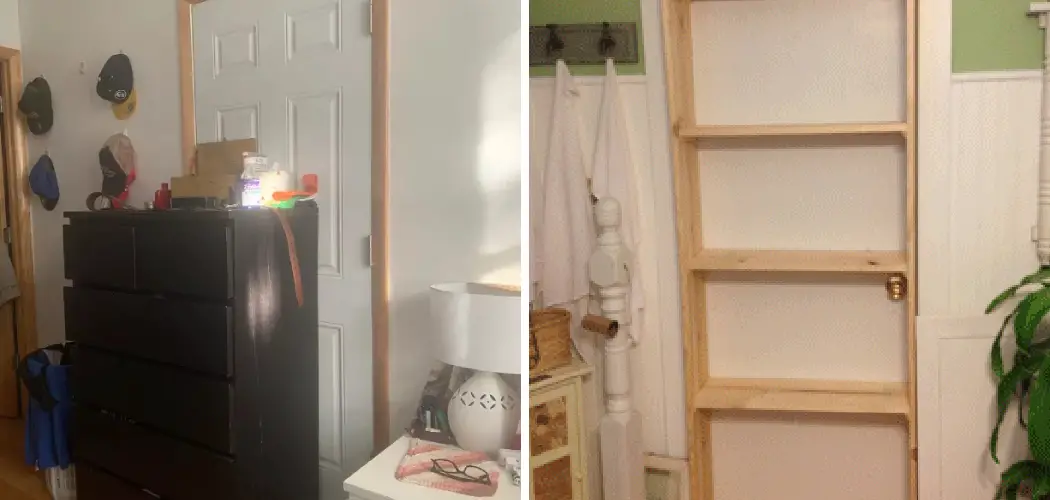How to hide an unused doorway can be particularly tricky, but it doesn’t have to be a daunting task. Even if you’re not blessed with the best DIY skills, you don’t need to worry!
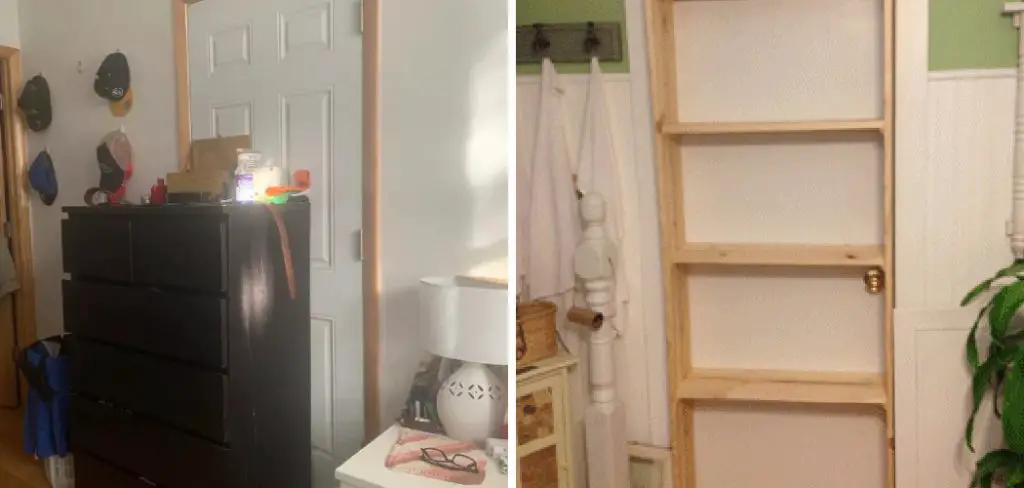
This blog post will walk you through the steps of concealing an unused doorway so that it fits in with your décor in no time. Plus, there are plenty of clever and creative techniques for disguising those old doors – whether they need some TLC or are already looking great – making them a super appealing and stylish addition to any home.
So get ready to learn how easy (and perhaps fun!) it can be to transform something that might otherwise feel like an eyesore into something wonderful and unique!
What Will You Need?
Before diving into the different techniques you can use to hide an unused doorway, let’s go over some of the basic materials that will be useful for most methods. You might not need everything on this list, but it’s always good to have a few options, just in case.
- Paint and paintbrushes
- Wallpaper and wallpaper glue
- Fabric and fabric glue
- Decorative items (such as mirrors, frames, shelves)
- Nails or screws
- Drill or screwdriver
- Measuring tape
- Hammer
- Utility knife
Now that your materials are ready let’s dive into the different techniques for hiding an unused doorway.
8 Easy Steps on How to Hide an Unused Doorway
Step 1: Paint Over It
One of the most straightforward methods to hide an unused doorway is to paint over it. This technique works best if the door is flush with the wall. Start by removing the door handle and any other hardware. Then, apply a coat of primer, allowing it to dry completely before applying the paint color of your choice.
Ensure the paint color matches the rest of your wall for a seamless, invisible effect. Remember to use a paintbrush for the corners and a roller for the larger surfaces to achieve an even application. Once the paint has dried, your doorway should blend in with the rest of the wall, effectively concealing its presence.
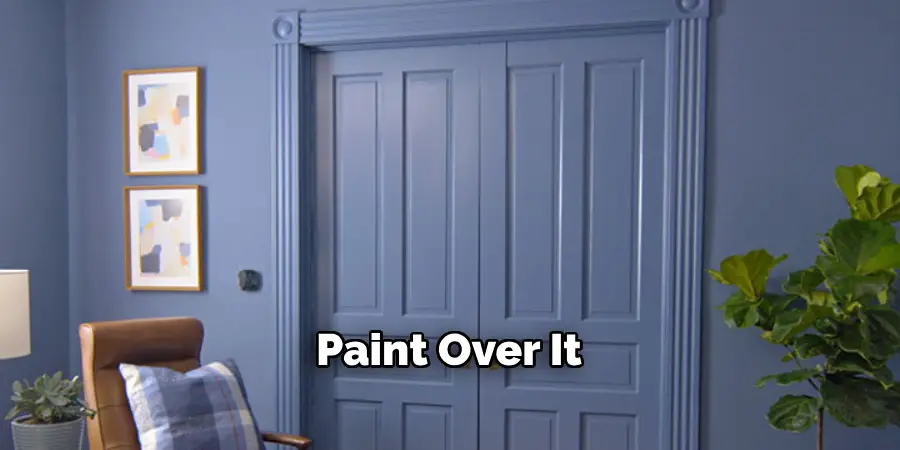
Step 2: Wallpaper Over It
Another effective way of hiding an unused doorway is to use wallpaper. This method is beneficial if the texture of your door is different from the surrounding wall, as the wallpaper can help to mask this difference. Begin by measuring the door and cutting a piece of wallpaper to fit, leaving a bit of extra paper on all sides for adjustments.
Apply the wallpaper paste to the door, following the manufacturer’s instructions, and then stick the wallpaper onto it, smoothing it out to avoid bubbles. Trim off the excess paper with a utility knife for a clean finish. Choose a wallpaper design that matches the rest of your wall for a seamless appearance.
Step 3: Cover It With Fabric
Covering the unused doorway with fabric is another clever method to conceal it. This is particularly effective if you want to add a touch of creativity and personal style to your room. Start by choosing a fabric that complements your interior décor.
Measure the door to determine the size of fabric you will need, remembering to add a few extra inches on all sides for adjustments. Attach the fabric to the top of the doorway using fabric glue or a staple gun, allowing it to drape down and cover the entirety of the door. To ensure a neat finish, fold the fabric under at the bottom and secure it with additional glue or staples.
Step 4: Install Shelves
A practical way to hide an unused doorway is to install shelves across it. This not only conceals the door but also provides additional storage or display space. First, measure the dimensions of the doorway to determine the size of the shelves you’ll need. You can opt for ready-made shelves or have them custom made. Use a level to ensure the shelves are straight before securing them with screws or nails. Once installed, you can place books, decorative items, or plants on the shelves, diverting attention away from the unused door.
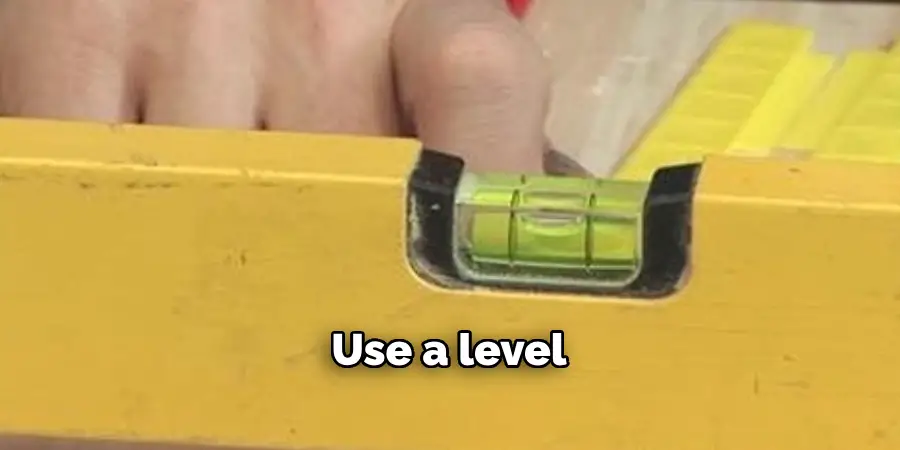
Step 5: Hang a Mirror
Hanging a mirror is another effective method to distract the eye and hide an unused doorway. The mirror not only conceals the door but also adds to the room’s aesthetics and gives an illusion of more space. Choose a mirror that fits the door’s dimensions. Attach picture hanging brackets to the back of the mirror and use sturdy nails or screws to secure the mirror onto the door.
Step 6: Use Decorative Panels
Decorative panels are an excellent option to hide an unused doorway effectively while enhancing your room’s aesthetics. There are various types of decorative panels available in the market, including wooden, metal, or even fabric panels. First, measure the size of the doorway to determine the size of the panel you will need.
Attach the panel to the doorway using screws or nails, ensuring it is securely in place. If you choose a wooden or metal panel, you should paint it in a color that matches the surrounding wall for a seamless look. Alternatively, if you opt for a fabric panel, select a design that enhances your room’s overall decor.
Step 7: Create a Gallery Wall
A gallery wall is another fun way to disguise an unused doorway. This method allows you to express your style while effectively hiding the doorway. Start by collecting frames of different sizes and styles, each containing an artwork, photograph, or print that reflects your style and complements the room’s color scheme. Arrange the frames on the door in a layout that you find pleasing. You can start from the center and work out or arrange them in rows or columns.
Step 8: Install a Bookcase
A bookcase can be a stylish and functional cover for an unused doorway. Choose a bookcase the same size as or slightly larger than the doorway. This method works well if the doorway is in a living room or home office, where a bookcase would naturally fit into the decor. Position the bookcase before the doorway and fill it with books, decorative items, or potted plants. This creates an attractive focal point in the room and effectively distracts from the unused doorway.
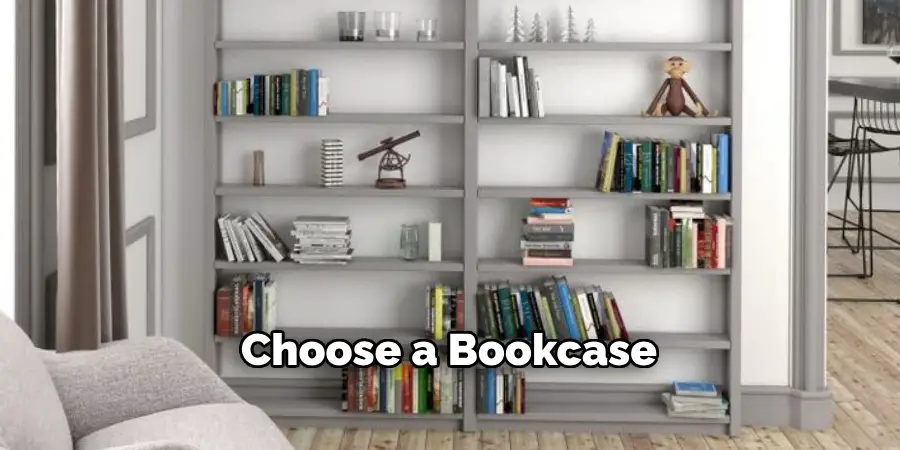
Following these easy steps, you can hide an unused doorway and enhance your room’s overall aesthetic. Choose a method that best suits your preferences and interior decor for a seamless effect. With a little creativity and the right tools, you can turn an unused doorway into a beautiful addition to your home.
5 Additional Tips and Tricks
- Use Decorative Elements: One of the simplest methods to hide an unused doorway is to use decorative elements like tall plants, bookshelves, or large art pieces. These not only conceal the doorway but also add aesthetic value to the area.
- Create a Secret Room: If you have an unused doorway in your house, why not transform it into a secret room? You can use a bookcase or false wall to hide the entrance and create a hidden room for storage or as a fun play area for kids.
- Cover with Curtains or Drapes: Another easy way to conceal an unused doorway is by using curtains or drapes. You can choose various colors, patterns, and textures to match your decor style.
- Install a Sliding Barn Door: For a rustic or farmhouse look, consider installing a sliding barn door to hide the unused doorway. This adds character to your home and saves space as it slides along the wall instead of opening into the room.
- Use a Wall Mural or Wallpaper: A more creative and unique way to hide an unused doorway is by using a mural or wallpaper. This not only conceals the doorway but also adds visual interest to your space.
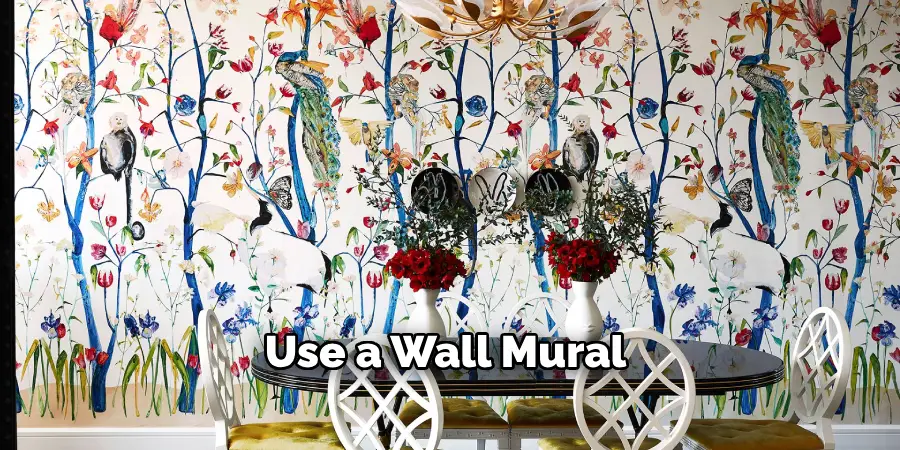
In addition to these tips, there are a few other things you can keep in mind when trying to hide an unused doorway. For example, you can paint the doorway the same color as your walls to make it blend in seamlessly.
6 Things You Should Avoid
- Avoid Blocking Emergency Exits: Ensure the doorway you’re hiding isn’t a designated emergency exit. Safety should always be a priority, and blocking these exits can pose serious hazards.
- Stay Away from Impermanent Solutions: While it might be tempting to use easy and quick fixes like hanging a picture or curtain, these solutions aren’t durable. Over time, they may reveal the hidden doorway.
- Don’t Neglect the Door’s Function: If the doorway may need to be used in the future, don’t use permanent solutions like walling it off completely. Consider methods that can be easily undone.
- Avoid Clashing Styles: When selecting a method to hide the doorway, ensure it complements the existing décor. An out-of-place element might attract more attention to the area you’re trying to conceal.
- Don’t Ignore the Surrounding Wall Space: A noticeable space around the hidden doorway could draw attention to it. Balance the space with other decorative elements to maintain a uniform look.
- Avoid Blocking Natural Light: If the doorway is near a window, avoid using bulky furniture or decorative elements that might block natural light. This can make the room feel smaller and darker.
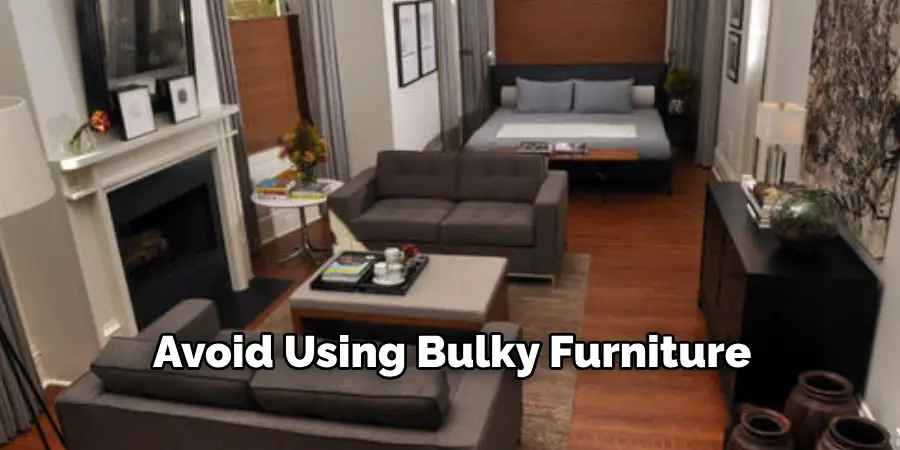
By avoiding these mistakes, you can effectively hide an unused doorway without compromising safety or design. With the tips and tricks provided, you now have various options based on your preferences and needs.
Conclusion
How to hide an unused doorway can truly be inspiring. It creates a charming, unique, and unexpected focal point for your home and allows you to use square footage that would otherwise have been wasted. Plus, if done with precision and savvy, it’s possible even to hide the fact that a doorway once existed!
By incorporating wainscoting on each side or installing shelving units that reach the ceiling, the original opening in your wall will be seamlessly camouflaged. Alternatively, some beautiful bi-fold or sliding doors could be installed to integrate your workspace even more exceptionally. Remember that varying shades of color could be implemented to bring life into your offering.
So what are you waiting for? Put those dull walls and unused doorways to work by creating something extraordinary!
About
Angela is the chief editor of Indoorense. She began her career as an interior designer before applying her strategic and creative passion to lifestyle and home.
She has close to 15 years of experience in creative writing and online content strategy for housekeeping and cleaning,home decorations as well as other efforts.
She loves her job and has the privilege of working with an extraordinary team. She lives with her husband, two sons, and daughter in Petersburg. When she’s not busy working she spent time with her family.

